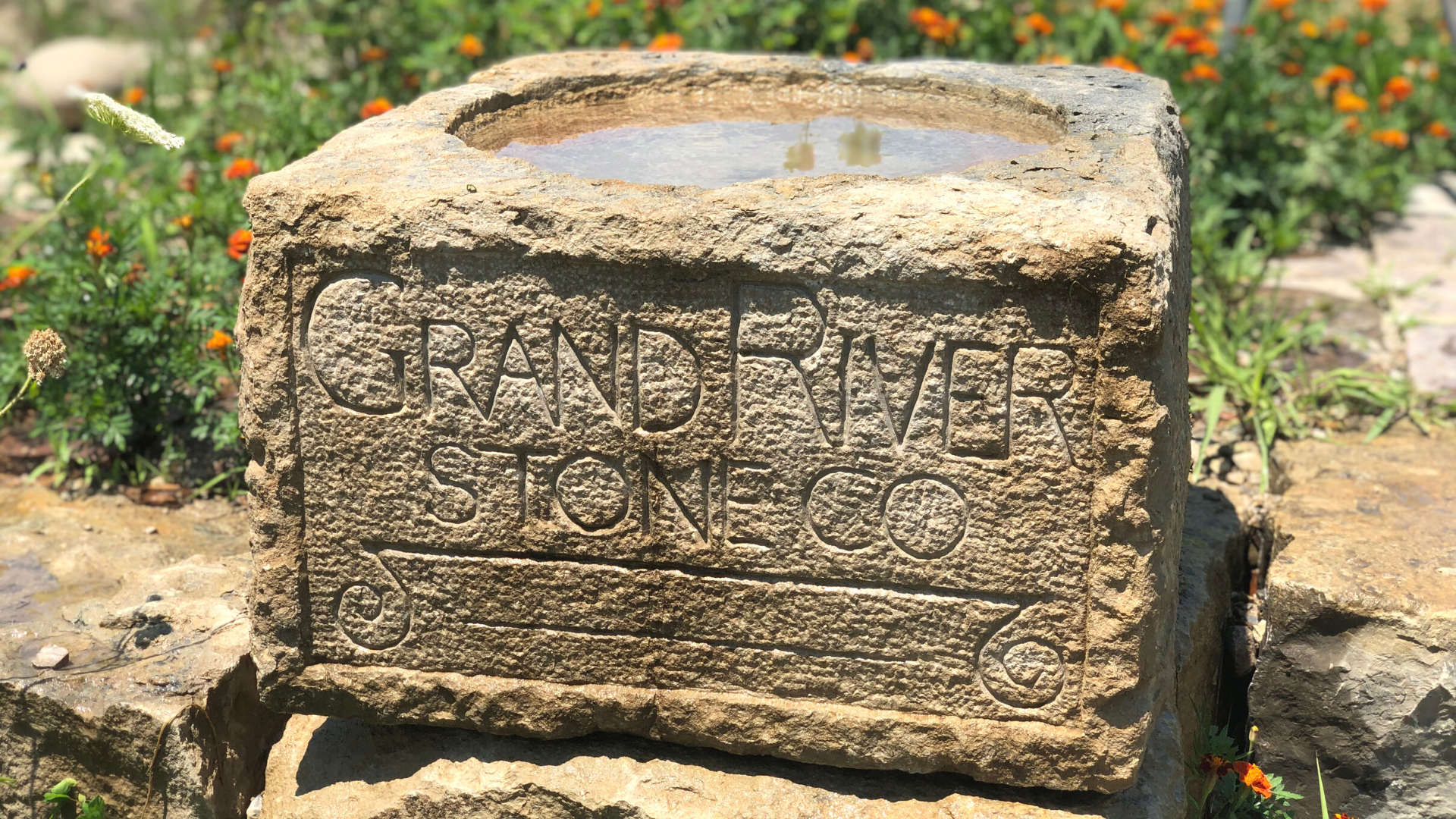Guidelines for Choosing Landscaping Stones
Jul 29, 2022
Are you considering redoing your yard or thinking about building a patio? One of the best ways to make a landscape stand out is by using landscaping stones. Besides being fire-proof and not requiring much upkeep, landscaping stones can keep weeds away. But it's important you choose the right stones for your property.
Read on for some of the most widely used landscaping stones, along with what to consider and how we can help you.
Landscaping Stones You Should Consider Using
Cobblestone
One of the most popular landscaping stones are cobblestones (cobbles) as they're excellent for lining a garden. Cobbles have a natural, rounded shape and are somewhat uniform. They can vary in appearance, which gives them cosmetic appeal. The smaller stones are ideal for borders, grouted walkways, driveways, edging, or paving. Larger cobbles are often used for creating walls as well as for decorative purposes. Just consider that the larger cobblestones are heavier, so they can be more difficult to move and more expensive.
Limestone
Besides being durable, limestone is workable and looks exceptional as it has a beautiful white color. You can easily spread it, and it's able to protect soil from extreme temperatures. Another perk is that it's helpful in protecting drainage spots from erosion. Additionally, limestone can restrict weed growth. Its alkaline nature can reduce soil acidity. Limestone is often used for footpaths in gardens.
Granite
One of the main uses of granite is for blocks that can be finished, either on one or several sides. They're also good for decorative purposes. Homeowners use them as a facing stone and for larger types of construction projects. Moreover, granite is a common stone used for creating curbs since it can last longer than concrete and can provide a stunning look for a street curb. Because granite is hard, it can require using specialized tools.

Sandstone
Sandstones can be cut into unique shapes and used in a garden for helping with erosion. It also helps to keep an area clean, providing a warm look for outdoor areas. Landscapers use it for steps, seats, and walls. Although sandstone is versatile, it's also brittle.
Flagstone
Also known as "steppers", flagstone is available in various types and sizes. These stones have an irregular shape and are typically used for building patios and walkways.
Boulders
The large, irregular, and typical round shape of boulders makes them suited for water features, rustic retaining walls, or other landscaping accents. Many landscapers use boulders as focal points in rock gardens. What's more, they work extremely well for problem spots, such as grass that fails to grow in a large yard. You can also use them as a retaining wall. Because they tend to be pricey, it's good if you already have them in your landscape. This way, you can simply create your design around them. It's best to have them installed professionally even if you're a DIYer.
Considerations From Grand River Stone
- Consider the style of your home. For example, if you have a contemporary home, then choose stones, such as chipped rock and flagstone, because these stones can render a sleek, clean look. On the other hand, if your home has a Spanish style, a cobblestone driveway is a great choice.
- Consider how you plan to use your landscape. In other words, what function will it serve? For example, do you plan on using it for a walkway or for entertainment? Gravel would work well for a fire pit.
- Be sure to have a specific plan when using boulders, flagstone, and other large landscaping stones. This is because they're extremely large and can be hard to move. Thus, you need to be sure where to place them.
- For determining coverage, use a landscaping rock calculator.
- The best size gravel pieces to use are 1/4-inch pieces.
Looking for a landscaping stone expert for your next DIY project? Contact us and learn more about our various stone products and what we have to offer.
Business Hours
- Mon - Fri
- -
- Sat - Sun
- Closed
Service Area
© 2024 | All Rights Reserved | Grand River Stone | Privacy Policy
Web Design by Tekkii, LLC

